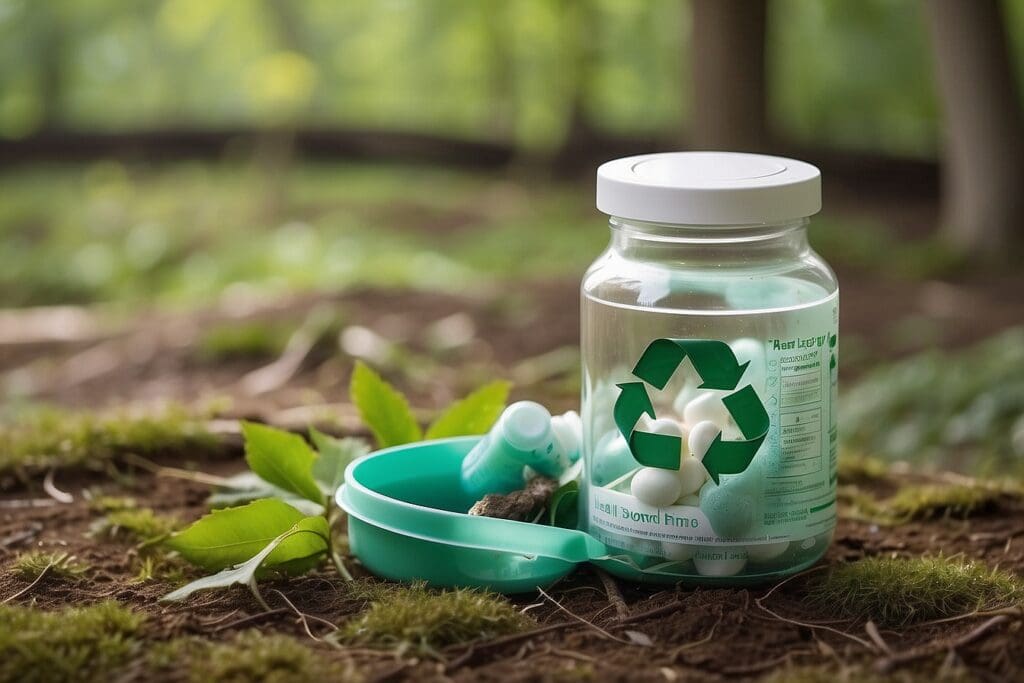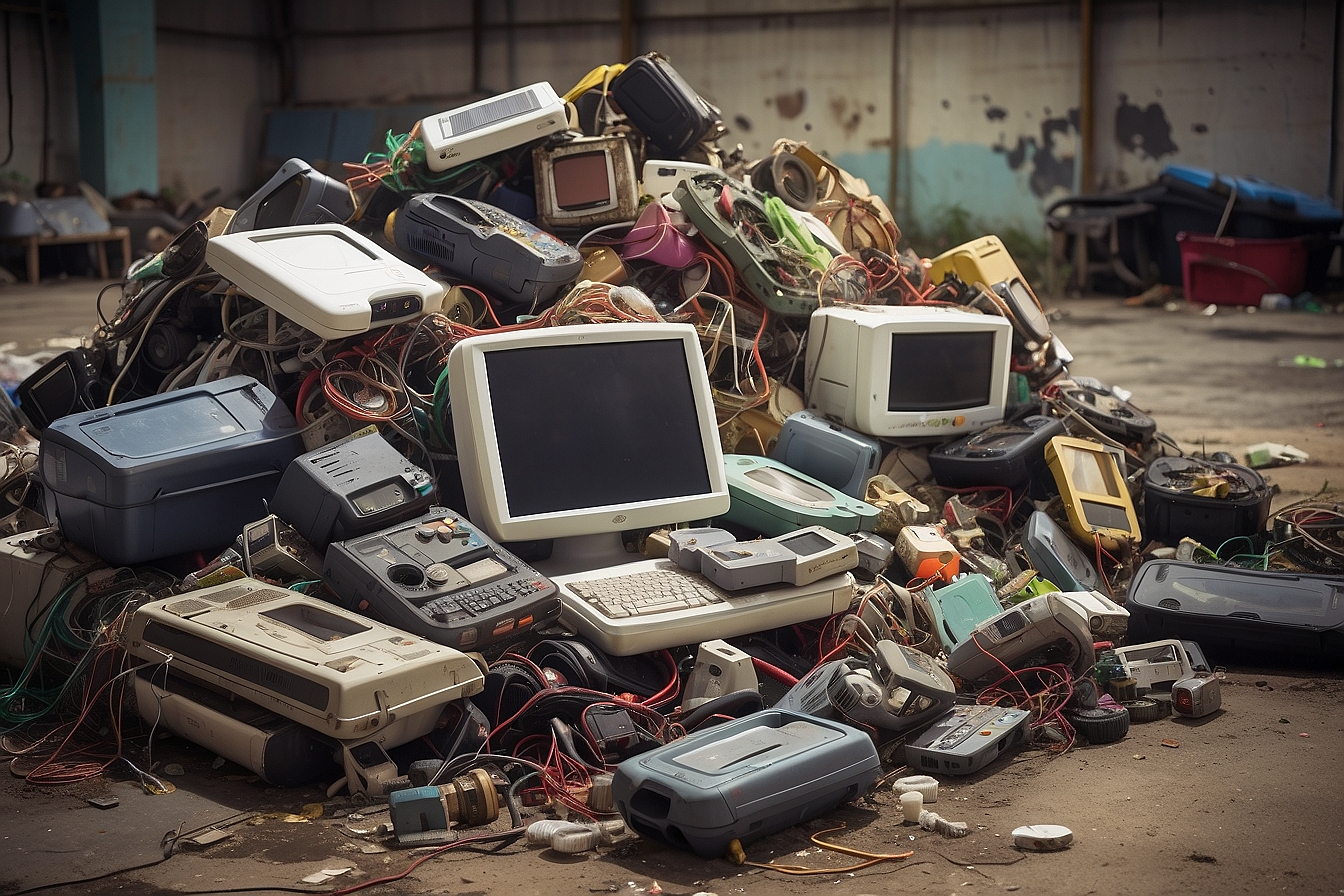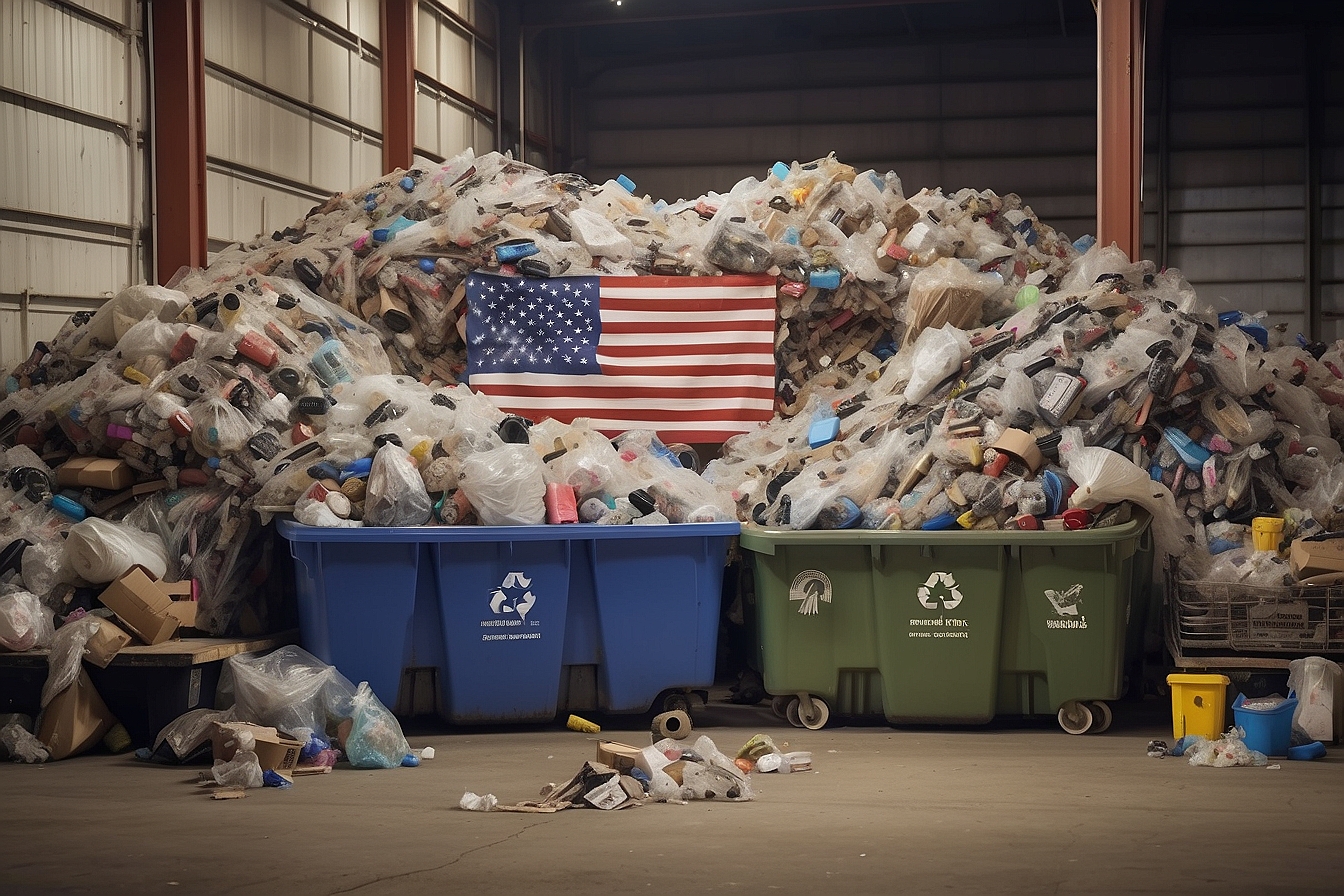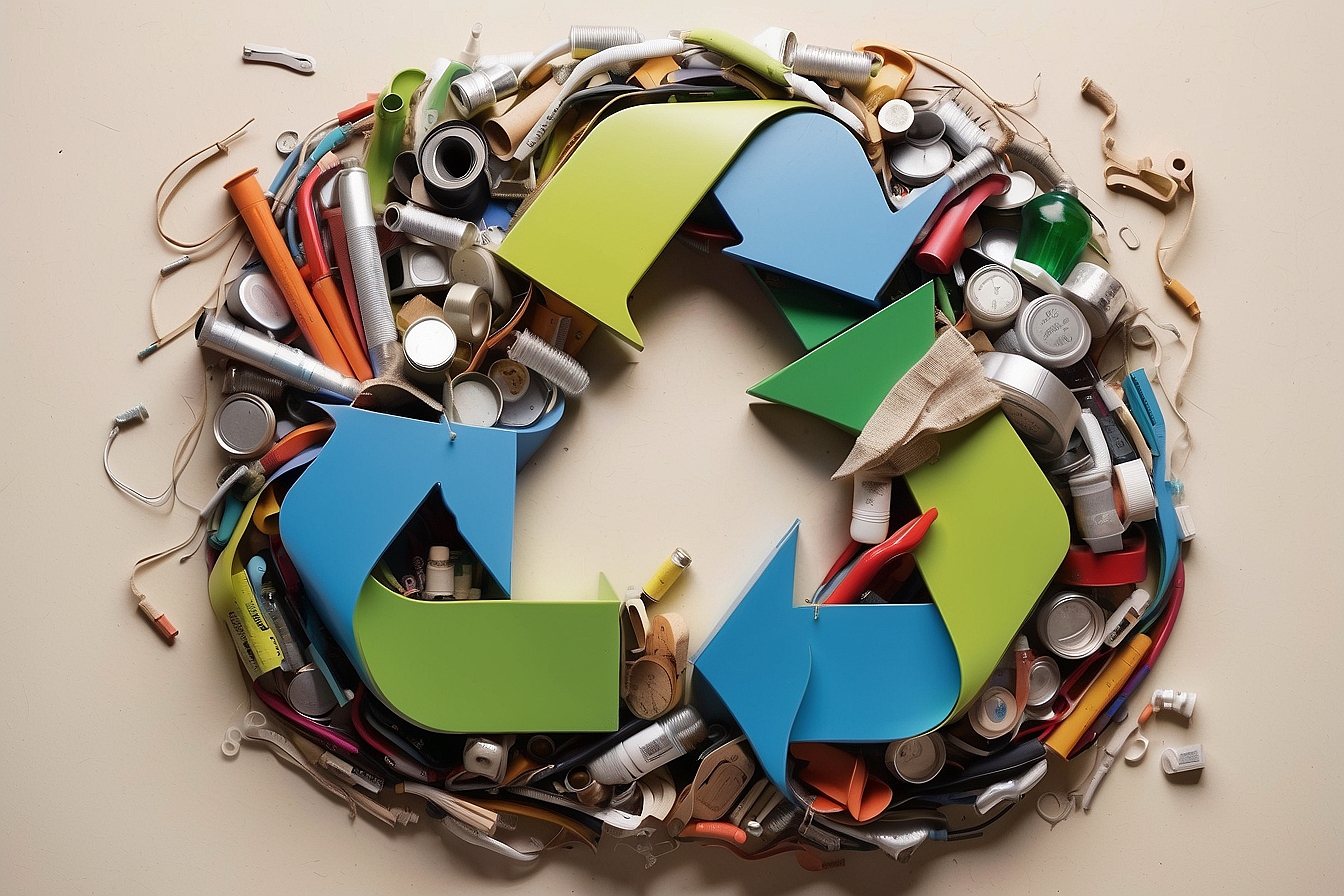Most of us connect water pollution with oil spills and littering, and maybe even some of us remember the acid rain lessons from grade school. However, a new threat is facing our national water supplies: pharmaceutical products. Nationwide studies of watersheds and drinking water supplies have confirmed traces of many different chemicals including hormones, steroids, antibiotics, and many other pharmaceuticals. The Associated Press reported that pharmaceuticals were evident in the drinking water supply of more than 41 million Americans.
The Problem: Medicine Disposal and our Water
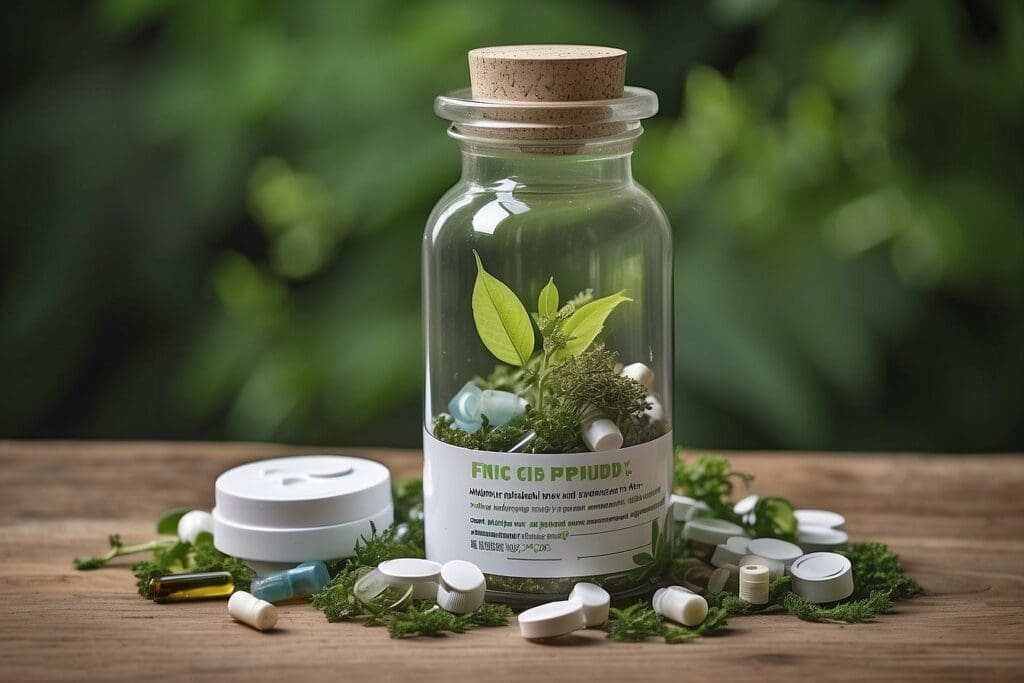
The improper disposal of unused medicine into the toilet or down the sink drain is the primary cause of this new pharmaceutical-based water contamination. Additionally, when people take medications, not all of the chemicals are absorbed by the body, and some are inevitably passed through urine and thus down the toilet. Most waste water treatment plants are not set up to filter water for pharmaceuticals, thus chemicals are released back into waterways along with filtered water from treatment plants.
Many of the elements in pharmaceutical products include hormones or steroids, causing experts to be very concerned about the potential negative effects these chemicals could have on aquatic life. There is particular concern over the amount of hormones that are entering waterways and the effects that these might have on the endocrine systems and reproductive systems of aquatic life and humans (if consumed in high enough quantities).
One study confirmed that frogs residing near suburban areas (generally these areas have a higher concentration of chemicals and pharmaceutical buildup than more rural areas) had a much higher incidence of irregularities in the sexual organs. According to this study, there was a significantly higher population of hermaphroditic frogs in these suburban areas, which could significantly threaten the continued reproduction and existence of several frog species (To see more on this article, see: http://www.nytimes.com/2008/04/08/science/08frog.html) The same phenomenon has been seen in several species of fish as well (see: http://blog.wired.com/wiredscience/2008/02/one-fish-two-fi.html). Scientists are still unsure of how this phenomenon will affect humans, but given the evidence in animals, it is not something that should be taken lightly.
Additionally, there have been many concerns raised over potential antibiotic resistance in populations drinking contaminated water. Given our society’s demand for antibiotics, building up tolerances towards these drugs could drastically impact human health. Even more disconcerting, researchers are concerned about the potential unidentified consequences from continued build up of pharmaceuticals in waterways. Because there has been relatively little research in this area, scientists are still unclear about how the collective build-up of pharmaceutical chemicals in waterways might negatively affect ecosystem health and water quality. Drinking water is such an important resource to everyone and it is better that we err on the side of caution rather than take chances with pharmaceutical contamination of our water supply.
What You Can Do:
The good news is that everyone can make a difference, mainly by safely disposing of unused or expired medications. The first step is to STOP pouring pills down the drain or flushing them down the toilet. This puts them directly into the sewer system and eventually into waterways. The best thing to do is to try and find a medicine take back program. Start by checking at your local pharmacy. They should know of the best option for returning unused medications in your area. Another option is to check with your local household hazardous waste (HHW) service. They will almost always take back medications and dispose of them properly.
Many cities have “drop-off” events in different neighborhoods, so it could be very convenient for you to take back unused medicines as well as any other hazardous wastes you may have. Here are the HHW websites for a few major cities:
San Francisco
Los Angeles
Chicago
The website for your local HHW facility should not be hard to find with a simple internet/Google search. More and more cities across the U.S. and Canada are running these programs, either on a continuous basis or on specific days. One interesting resource for starting such a program is http://www.iisgcp.org/unwantedmeds/index.htm. Additionally, nations within the European Union have been running these programs for the last decade with very high success rates.
Good news for Washington State residents: there has already been a pilot take-back program set up! You can get more information at www.medicinereturn.com. Although this is only a relatively small pilot program, the legislature is working on expanding the program in 2009 so that services would be offered throughout the state. The pilot program was a unique partnership between government, non-profit agencies, and businesses, and offered services in six counties around Washington State. In just its first year of operation, the program collected and safely disposed of more than 9,000 pounds of unused medications. Initially funded by grants, the pilot was restricted in the number of pharmaceuticals that it could take back and the number of collection sites that it could offer. If a larger and more consistent funding source was secured, the medicine return program could be spread to the entire state, giving all residents a safe way to dispose of unused or expired medicines.
Currently, Representatives in the Washington State legislature are pushing for legislation that will require pharmaceutical companies to contribute money to expand and improve the medicine take back program. In large part, this is based on the successful medicine take back program in British Columbia, Canada that is solely funded by pharmaceutical companies. Canada has been making great strides in this arena, so please check out www.medicationsreturn.ca for more information and inspiration!
If you cannot find a take-back program in your area, you can still strive to safely dispose your unused/expired pharmaceutics at home. The best approach starts with securely sealing the unused pharmaceuticals in a container. If it is a medicine that could be abused or cause accidental poisoning, it is a good idea to mix the medicine with some undesirable substance (many websites suggest cat litter). Once you have sealed the unused medicine in a container, wrap it in a black garbage bag and tape it up before including it with your other household waste. While this is not the best option, it is still better than putting the pharmaceuticals into the water supply. Worse comes to worse, at least place unused pills in their container into your garbage.
Next time you have to dispose of your unused medications, please think twice about flushing it down the drain!
For more information about pharmaceuticals in the environment, please see the EPA website: http://www.epa.gov/ppcp/

